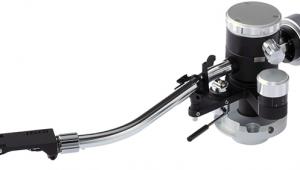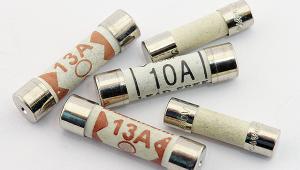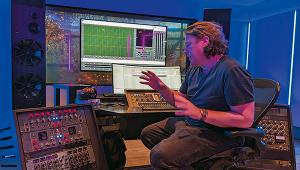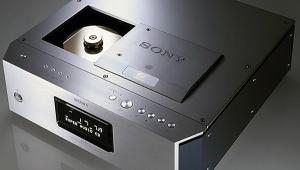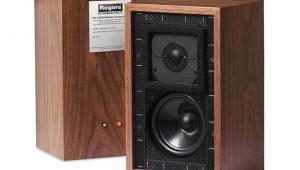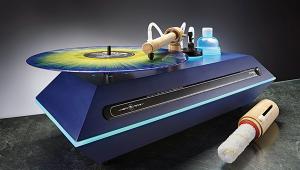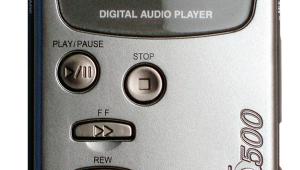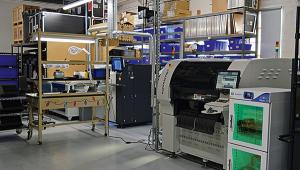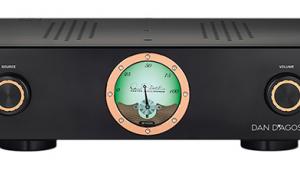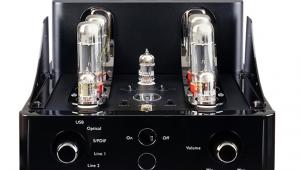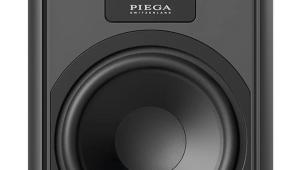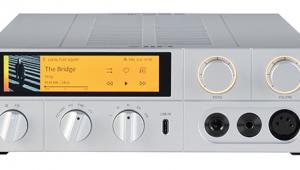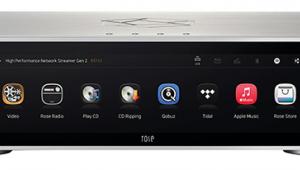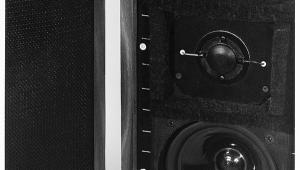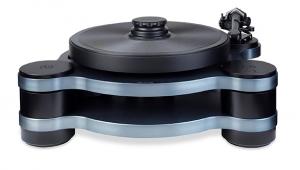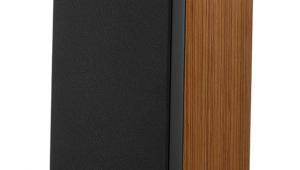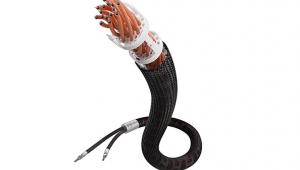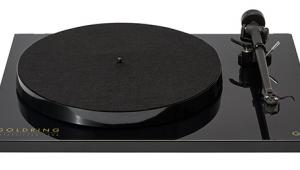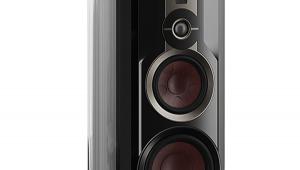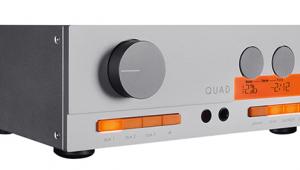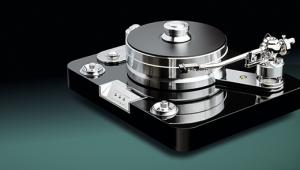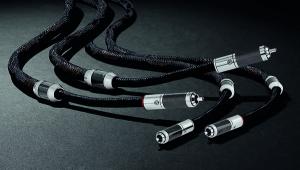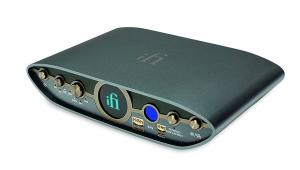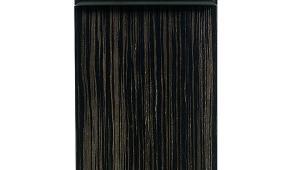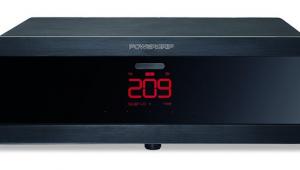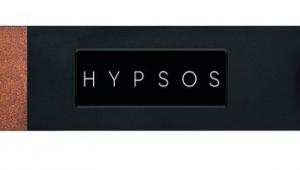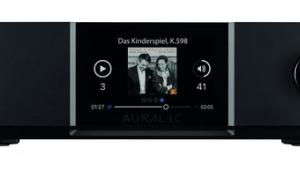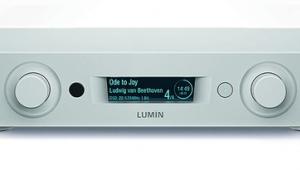Room service

I guess that my basic nature and mode of thinking is that of an ‘Engineer/Scientist’ because I’ve always wanted to understand ‘how things work’ and to discover if there’s a way to make them ‘work better’. Given that, plus my love of music, it’s no surprise that I’ve happily spent years of my life listening to hi-fi systems and seeking to develop what I felt was ‘better’ equipment for this purpose.
Free hearing test
For the first part of my life I lived in London. At the time the BBC used to offer free tickets for many of their broadcasts from venues like the old Maida Vale studio or St John’s Smith Square, as well as the Royal Albert Hall. This gave me a chance to hear live performances which were later (re-)broadcast, allowing me to hear them again at home through my hi-fi kit. For me, this became a superb way to assess my audio system’s performance. Did it sound how I recalled? When it didn’t, I could experiment to determine why, and try to correct any alterations. This approach can’t be a perfect test because memory is, of course, flawed. But given time and many comparisons it means being able to enjoy the music as being ‘faithful’ to the original sound.
Yes, I did find that changing the electronics in amplifiers and FM tuners could make a difference to their sound quality. But it was pretty obvious that once those units met some fairly simple specifications the main challenge was elsewhere. It was what I came to think of as the audio ‘Room Service’. By that I mean the combination of the listening room acoustic, the choice of loudspeakers and their placement, and the placement of my ears – ie, the position of my listening seat. To my ears, many amplifiers sound fine with relatively trivial differences that are generally swamped by the room acoustic, etc.
Sonic toolkit
In effect, I came to decide that Peter Walker’s ‘wire with gain’ was the best view of amplifiers, with the caveat that ‘Tone’ controls were handy, along with volume and balance adjustments as part of the toolkit for tackling the worst effects of imperfections in the listening room acoustic or speakers. As a result I prefer to use (modified) Quad 34 preamplifiers because I find their ‘slope’ tone controls more useful than the old Baxandall ‘Bass and Treble’ controls.
Rather than buy products specifically developed and sold for modifying the acoustic, I’ve tended to hang rugs or plush curtains on the walls (actually held an inch or more away from the surface behind them). These reduce the wall reflections and give the listener a better direct/reflected sound ratio. I’ve found this seems to work particularly well if – like myself – you use Quad ESLs as your speakers. The ESL63 and its ‘children’ have very well controlled radiation patterns and as a result this approach has in my experience worked very well to give a cleaner and more ‘real’ sound. To the point that when I play test ‘antiphased mono’ versions of music the result at the listening seat becomes distinctly quieter – implying that the system when used normally is mainly what comes direct from the speakers to my ears, not via listening room wall reflections.
Simple and effective
There are no magic wands that can be waved to ensure perfection. But once you have fairly good equipment I’ve found that careful placement of loudspeakers and listening position plus some fairly simple DIY treatments of the room can give a really enjoyable and convincing result. Whereas once you have reached a good standard of amplifier, etc, the differences between various models tend to become minor. And despite a tendency for people to dismiss or criticise tone controls, I’ve always found that good examples are useful for correcting some other aspects of room (or recording!) imperfections that can’t easily be fixed by room treatments alone.
